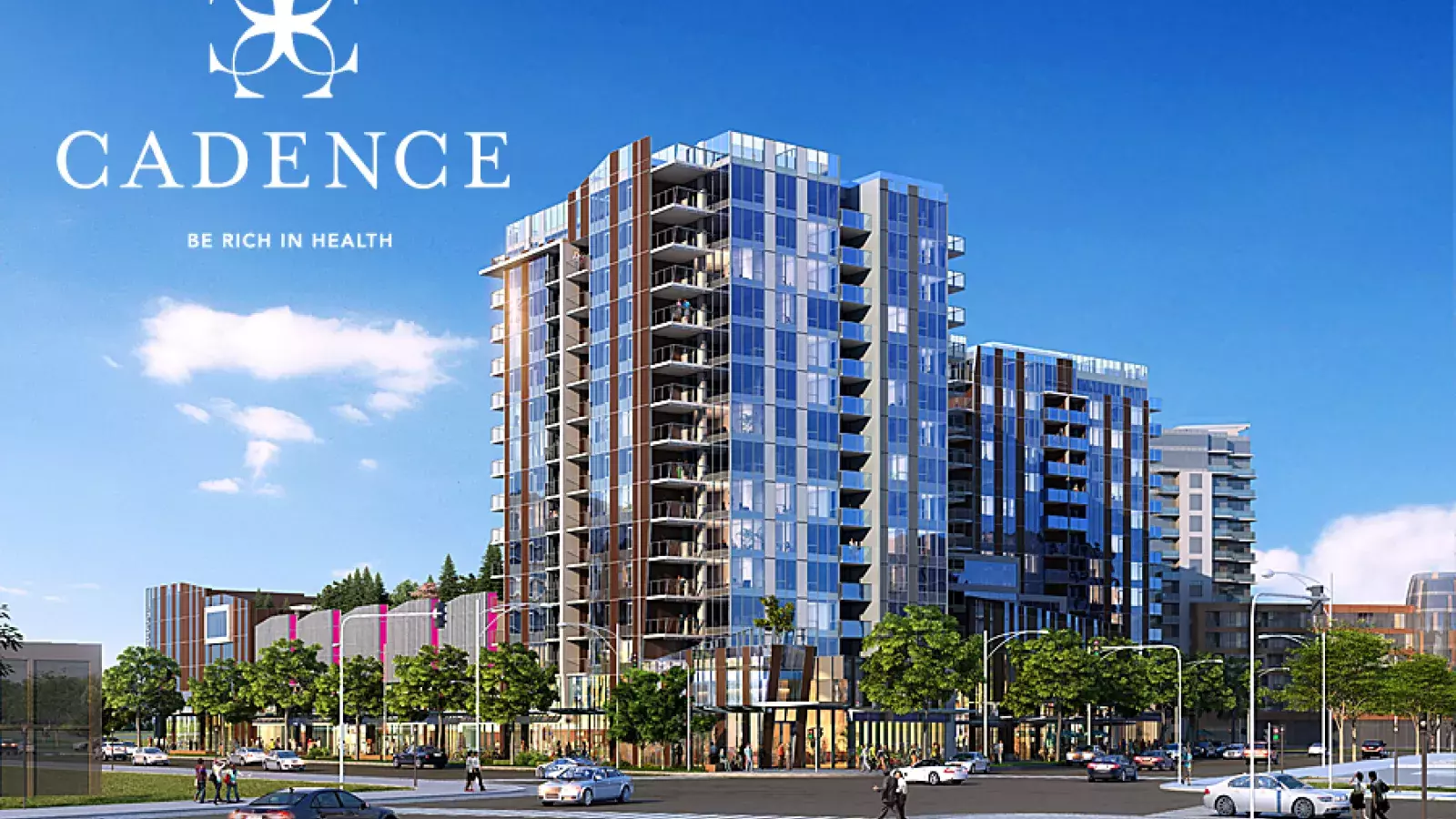Urban planning and architecture are trending topics in Vancouver in 2014. Westbank’s innovative “Gesamt Kunst Werk” exhibit at the corner of Pacific and Howe is a celebration of Vancouverism, a term that describes architecture and building massing that reflects our historic planners’ vision for a healthy, liveable city. Gesamt kunst werk translates as “a total work of art”. Indeed, everything about the residential condo tower at the heart of the project, “Vancouver House”, has been dialed to reflect one, thematic vision. But it’s also everything around the condo tower that Vancouverites can get excited about; mid-rise office towers will house jobs, amenities like a public gym and outdoor park create gathering spaces, and food trucks, fresh flower stands and stunning public art will animate what is presently a deadened space underneath the Granville Street bridge. For all its high-level dialogue from world-class architects and consultants, Vancouver House is ultimately a masterplanned community, and one that the whole city can be excited about.
Masterplanned communities are misunderstood. That, and the term “masterplan” has been applied to everything from ancient Chinese cities built around the principles of feng shui, to gated, single-family home communities in the United States with nothing more than hundreds of cookie-cutter homes and winding roads ending in cul-de-sacs. While any real estate development involving multiple buildings that are envisioned all at once can be considered a masterplan, more recent principles of urban planning have elevated this dated notion resulting in truly awesome communities as of late.
Masterplanned communities are misunderstood.
Vancouver’s Southeast False Creek (SEFC) neighbourhood is a prime example of a successful, masterplanned community. The City of Vancouver created a neighbourhood vision back in 2007; waterfront lands with primarily industrial uses were underserving the city. It was determined that SEFC would be a mixed used community, with a focus on residential use, developed at the highest density possible while meeting livability and sustainability objectives. Well-planned communities ensure goods and services for residents, within walking distance, and housing that is linked by transit and in proximity to local jobs. These urban design objectives resulted in the creation of a vibrant, sustainable and walkable neighbourhood, busy at all times of day, with well-used public amenities and thriving commercial uses.
Farther south, Richmond’s very first masterplanned community, the Oval Village, is well underway. This mixed-use community, adjacent to the riverfront, will be anchored by the celebrated and well-used Richmond Olympic Oval. Businesses, parks, public art and a wide array of amenities will serve the influx of residents that will now call this walkable and sustainable community home. Masterplanned communities make our cities better, and there’s been no better time to engage in the dialogue around city planning.



